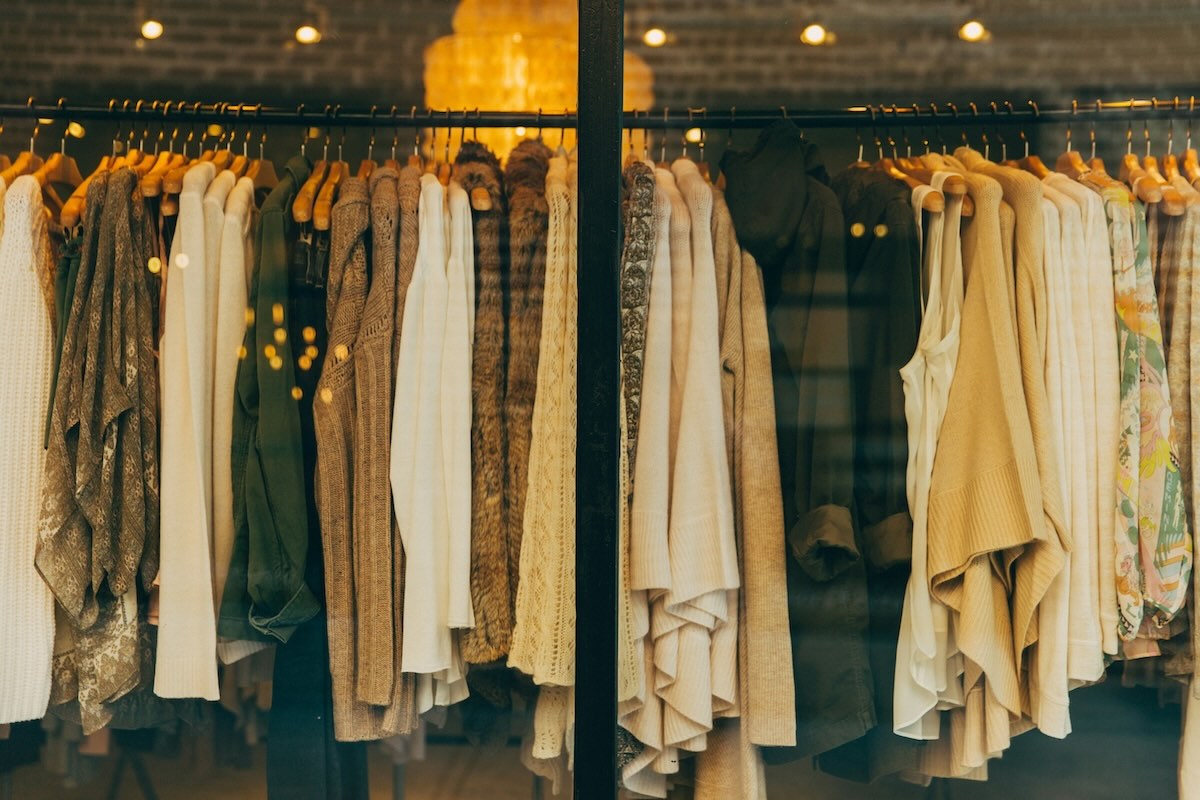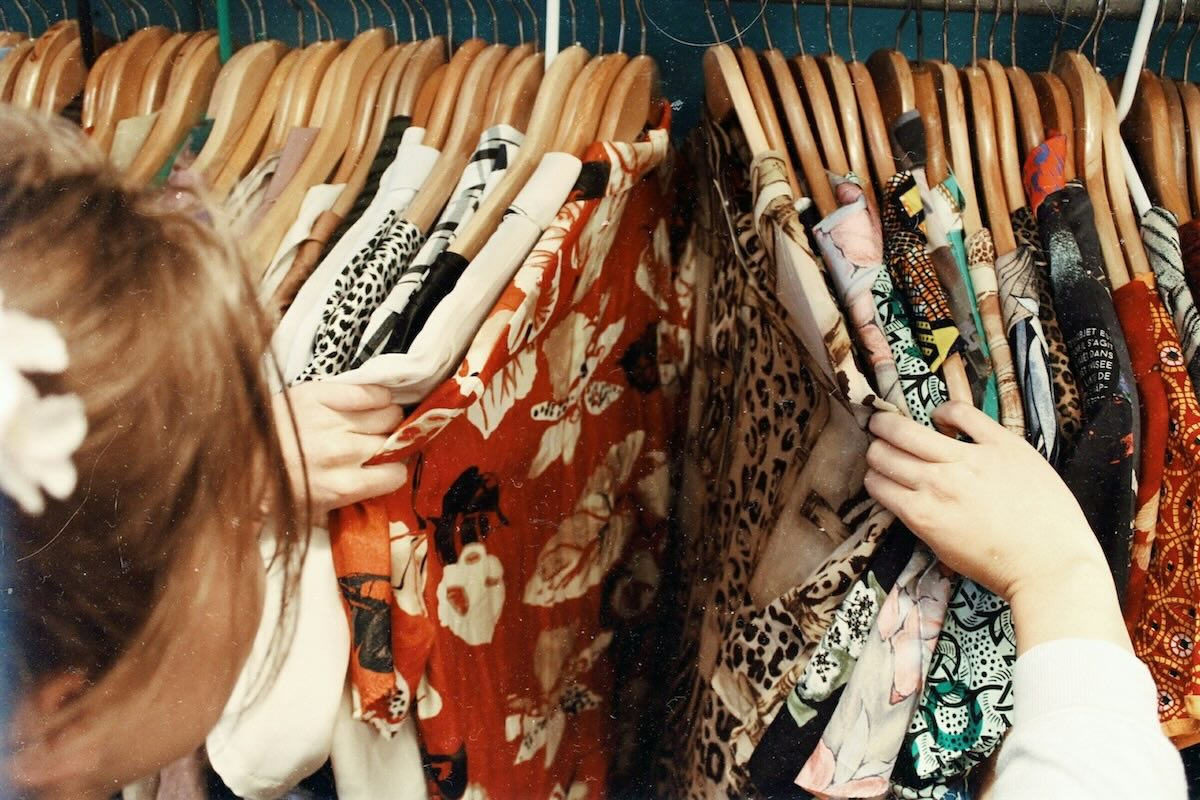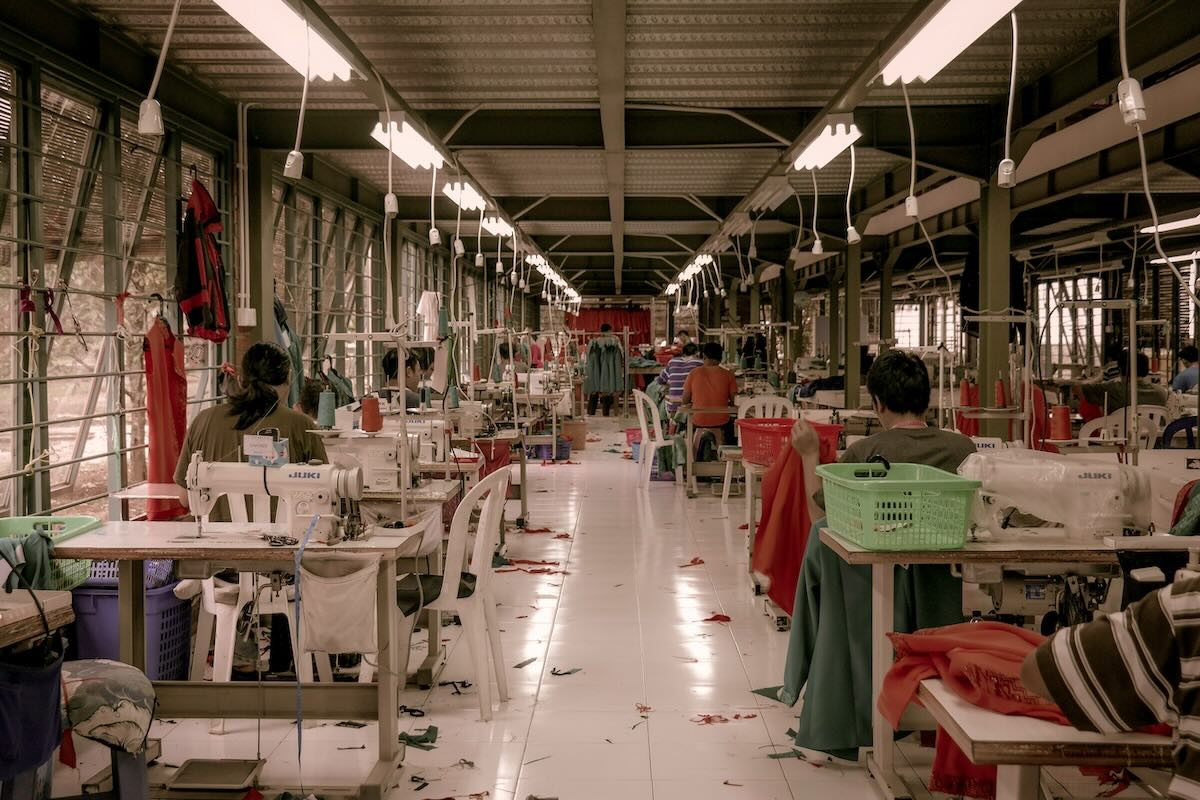
Aesthetics And Fast Fashion | The Allure And Aftermath
Have you heard of the cottage-core aesthetic making rounds about social media? How about fair-core, Y2K, coquette-core? The term Aesthetics have taken on an entirely new meaning in the context of social media, which infiltrates all aspects of our daily life. It was once regarded as a branch of philosophy concerned with the appreciation of beauty. Now, the term “aesthetics” is a slang term used to describe a certain style.
Many of these style aesthetics feed into microtrends. Microtrends are fashion fads that experience a surge in popularity before falling off. Their brief life cycles often saturate the fashion market with a certain style of clothing that will only be popular for a month, at the most.
Aesthetics and Microtrends often lead to fast fashion brands mass-producing low quality clothes that ultimately end up in land-fills.

UNDERSTANDING FAST FASHION
In the past, the fashion industry ran on four seasons a year: fall, winter, spring and summers. Fashion was prescribed to high society before it was available to the masses. Things began to change around the 1960 when publications of marketing campaigns for clothes introduced trends to customers. This resulted in the fashion industry quickening its pace and lowering costs.
Nowadays, fast fashion brands produce about 52- “microseasons” a year- or one new “collections” a week leading to massive amounts of consumption. We are currently at a point of no return. Brands replicate street wear and fashion week trends as they appear in real time. Companies can create new, desirable styles weekly, if not daily.
The popularity of social media apps like Tik Tok or instagram have further fueled the never ending cycle of fast fashion. The rise of shopping hauls, aesthetics and trends on social media has led to increased shopping sprees as trends quickly change, giving rise to what we can only term – Ultra fast fashion.
Fast fashion may move at a quick pace but it cannot compete with ultra fast fashion, which encourages buying and wearing cheap clothes from brands and discarding them after a few wears. Key players in ultra fast fashion are Shein, Fashion Nova and Princess Polly, all of which have carefully curated their image to cater to the specific aesthetics circulating social media.
The appeal of fast fashion lies not only in the vast array of styles and options but also in its affordability. However, the fast fashion only trick people into believing that they receive value for their money. In reality, reliance on fast fashion could hurt consumers’ wallets in the long run.

THE IMPACT OF FAST FASHION
In order to meet demand, fast fashion brands often have to cut corners. Clothing is made in a rushed manner, there is no adequate quality control and brands sell severely low quality merchandise. This merchandise is often discarded due to its low quality.
According to Business Insider, fashion production comprises 10% of total global carbon emissions. It dries up water sources and pollutes rivers and streams, while 85% of textiles go to landfills each year.
Furthermore, fast fashion brands are notorious for their unethical production practices. In order to keep costs low the fashion fashion industry resorts to the use of child labour, or maintains sweatshops. As of late child labour is one the rise, research shows that at least 29.8 millions of people are kept in modern slavery conditions.
Apart from the ecological and social impacts of fast fashion, it also affects our sense of individuality. Fast fashion and herd mentality are linked. Aesthetics in a way are created in the search for a unique identity that is expressed in material objects. The aesthetic tie wearers into an “in-group”. However, the reliance of fast-fashion to express this individuality, ironically makes it not unique at all. In short, feeding into aesthetics and trends by buying fast-fashion, actually erases your individuality and self-expression.

Aesthetics have certainly helped in curating one sense of personal style, but the over-reliance on social media as a style guide promotes unnecessary overconsumption. Often we flout the phrase “no ethical consumption under capitalism” to justify our materialism. However, as consumers we have the responsibility to be wise about our purchases. Growing awareness towards the dark side of fast fashion, has created a demand for sustainable options. Already such options exist and we must do our best to support these businesses.








